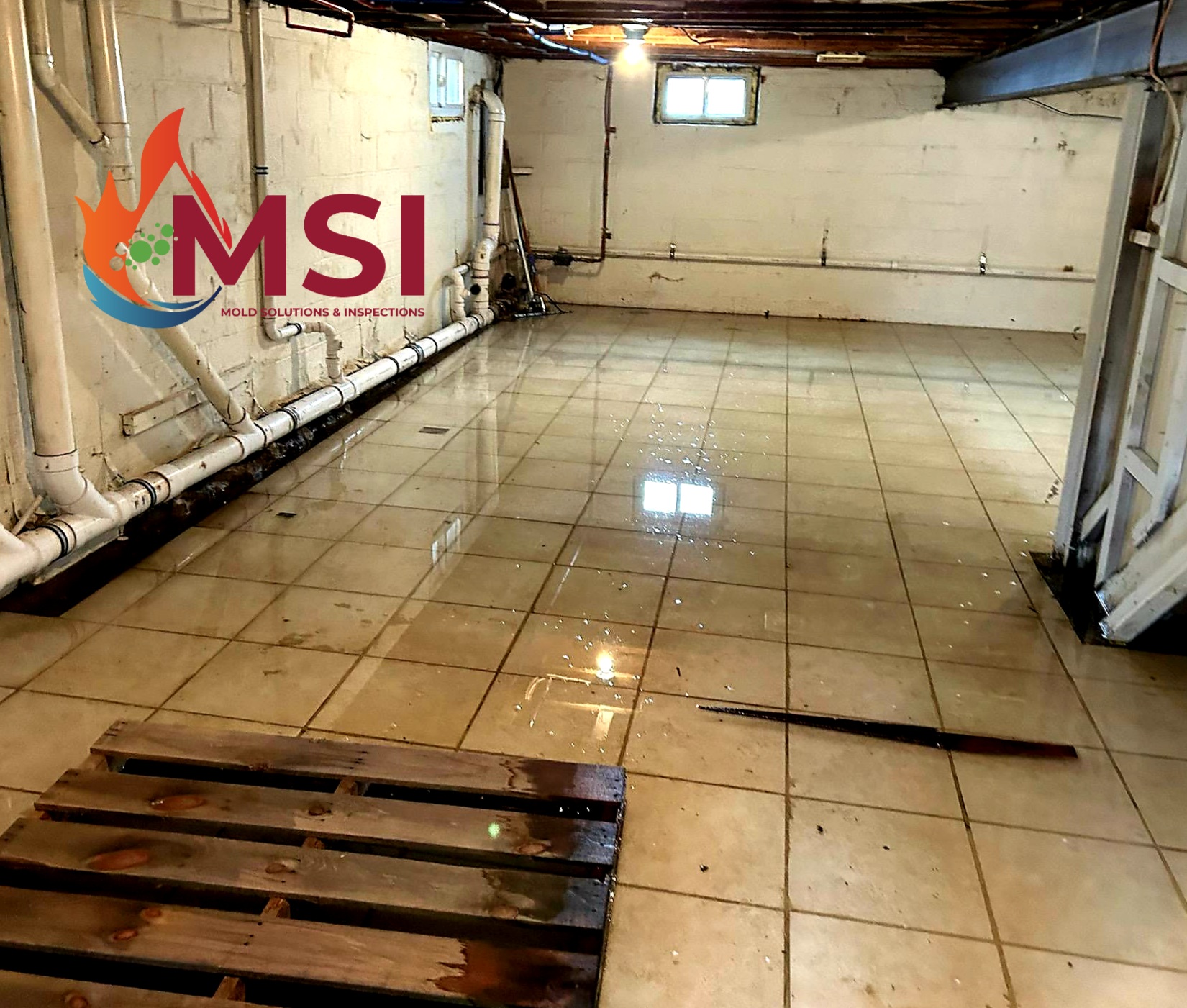Whether it’s a hurricane or a routine power outage, navigating a dark house is never fun. That’s why many people choose to install backup generators in their homes. A backup generator can power your home until regular electricity resumes. This also proves useful for powering sump pumps during heavy rains which can result in major flooding and water damage.
While backup generators can come in handy in a pinch, owners should know the right way to install and maintain them. Knowing what to do can help reduce risks like fire, electrical damage, injuries and more. Here are nine things to do now if you have (or will soon have) a backup generator.
- Review your local laws. Depending on your state, you may be responsible for making sure your generator’s current doesn’t feed back into power lines. (Learn why this matters below in number eight.) You might also be required to give local utility companies a head’s up about your generator.
- Keep the surrounding area clear. Backup generators give off a lot of heat. Help prevent a fire by keeping any items far away from it
- Check the ventilation. This one is best left to the pros during the installation. If your generator doesn’t have enough room to properly ventilate, dangerous carbon monoxide can build up.
- Invest in a carbon monoxide detector. Speaking of carbon monoxide, you’ll definitely want to invest in a carbon monoxide detector if you have a backup generator. It will warn you if levels are rising so—a good thing, since carbon monoxide poisoning can be fatal.
- Keep it dry. Wet conditions can lead to short circuits—and that could lead to a generator fire. For this reason, keep your generator in a dry place. An open-canopy structure can help protect it if you’re worried about water.
- Stash a fire extinguisher close by. Consider it an added precaution in case a fire was to break out. (Check out this handy fire extinguisher guide before you buy.)
- Corral the cords. Cords should be out of any foot paths, yet still easy to access. You’ll want to check them regularly to see if they’re frayed or cut—both types of damage could cause a fire.
- Say no to wall outlets. Plugging your generator into a wall outlet is known as “back feeding,” and it’s a bad idea. That’s because the low voltage from the generator can increase to thousands of volts when it passes through a utility transformer. And that could put you and utility workers at serious risk. Instead, plug your generator into a manual transfer switch that distributes power in a safer manner.
- Hand off. Backup generators heat up fast. Protect yourself from potential skin burns by putting on protective gear before touching your backup generator.








